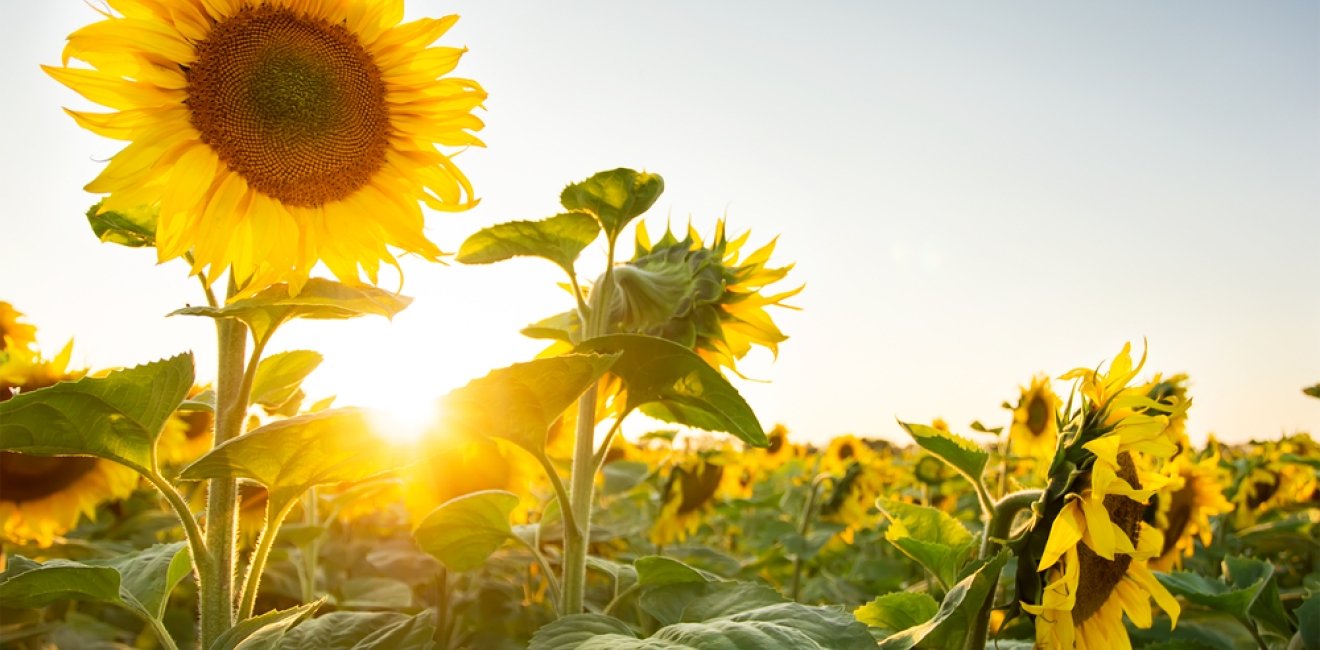
A blog of the Kennan Institute
Throughout late February and early March 2022, Warsaw’s Central Station disgorged tens of thousands of refugees streaming in from the east every day. Ukrainians fleeing the Russian invasion of their country arrived in a city they did not know exhausted, traumatized, frightened, and hungry. Once in Warsaw, they faced a barrage of questions, signs, and documents in a language they didn’t understand. More often than not, they set out on a 10-minute walk winding through Stalin-era monuments and 21st century glass and steel skyscrapers to an unusual goal: the Museum of Modern Art, marked by a huge Ukrainian flag.
Located in a nondescript late Communist-era office building next to the Intercontinental Hotel, the museum would hardly appear welcoming at first glance, The building is temporary quarters for staff as an impressive new museum is being built next to the infamous Stalinist Palace of Culture and Science. With a small café and bookshop on the ground floor, the temporary museum teased Varsovians with what would come, but little more.
The museum’s leadership wanted to respond to the humanitarian crisis at their doorstep. So too did Yulia Kryvich, a Ukrainian artist residing in Poland. A native of Dnipro, Kryvich was well connected with the Kyiv art scene and with the Ukrainian artistic community already in Poland. Together, they drew on colleagues—including other Ukrainian artists already in Poland; exiled Belarusian artists; groups of activists from Poland, Ukraine, and Belarus, such as the Blyzkist collective; and various local funding organizations—to hand out emergency aid to the arriving refugees. In the initial weeks, the group made and distributed over 30,000 sandwiches.
What started as a stopgap emergency operation began to evolve into the Sunflower Solidarity Community Center. The group began to offer a wider variety of services as needs evolved. Center volunteers directed refugees to housing opportunities, helped with confusing bureaucratic forms and procedures, offered support to women struggling to find their place in a foreign land, and collected medical supplies for the wounded in Ukraine.
The recipients and the activists also looked to the museum for help expanding opportunities to engage with art. Halfway into 2022, the Sunflower Center emerged as a focal point for the Ukrainian artistic community in Warsaw. The Museum turned over several rooms and other facilities to the group. The center began to promote ever more ambitious offerings: art shows, discussion groups, a film club, photography exhibits, musical performances, classes, and workshops for children. The center’s online digest Soniakh provided fresh opportunity for Ukrainian artists in Ukraine and abroad to discuss their ongoing projects.
Center associates participated in other community and civic activities around Warsaw, becoming integrated into the local scene, all while working closely with artistic communities in Ukraine. They drew on the model of the local “houses of culture” in Ukraine. Their attention increasingly fell on the need to decolonize Ukrainian art, to combat misinformation, and to promote new Ukrainian art.
The Sunflower Center has evolved into a multilingual and multicultural space that now serves as a model for other artist-run spaces and projects around the city. Its programs have proven so successful that the museum’s leadership has redesigned the ground floor of its new building being constructed nearby to incorporate facilities for heightened outreach to other civic groups even as it sustains its engagement with the Ukrainian artistic community.
Center member Kuba Depczyński said, in an interview for Vogue magazine, about Sunflower’s first year, that “art can be a great tool for activist activity, and activist activity can be imbued with creative imagination and artistic perspective.” Maria Beburia added, “the hardest lesson we learned last year: Art can’t stop war, only weapons can. But art is still needed as a tool to tell the story of something as unimaginable as war.”
The opinions expressed in this article are those solely of the author and do not reflect the views of the Kennan Institute.
Author

Former Wilson Center Vice President for Programs (2014-2017); Director of the Comparative Urban Studies Program/Urban Sustainability Laboratory (1992-2017); Director of the Kennan Institute for Advanced Russian Studies (1989-2012) and Director of the Program on Global Sustainability and Resilience (2012-2014)

Kennan Institute
The Kennan Institute is the premier US center for advanced research on Eurasia and the oldest and largest regional program at the Woodrow Wilson International Center for Scholars. The Kennan Institute is committed to improving American understanding of Russia, Ukraine, Central Asia, the South Caucasus, and the surrounding region through research and exchange. Read more

Explore More in Focus Ukraine
Browse Focus Ukraine
Talking to the Dead to Heal the Living

Ukrainian Issue in Polish Elections


